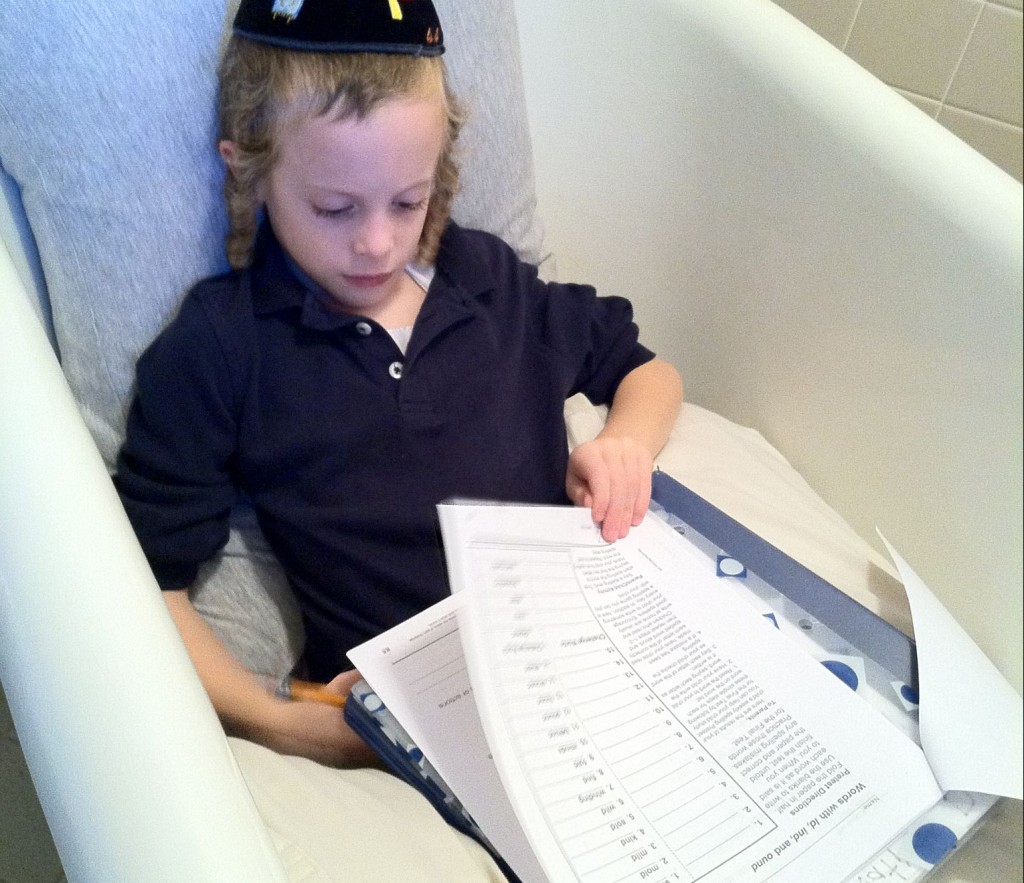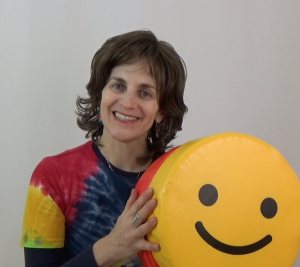
Resources  Try creating a sensory spot for doing homework; and, why not the bathtub?[/caption]
Children, though very intuitive, don’t always know what they need to accomplish in the long run. So, I have to adjust and somehow become a super physical therapist to engage them in order to reach those goals.
Here are my top four tips that I picked up from Impact ADHD to help make my therapy sessions more meaningful and child oriented:
Try creating a sensory spot for doing homework; and, why not the bathtub?[/caption]
Children, though very intuitive, don’t always know what they need to accomplish in the long run. So, I have to adjust and somehow become a super physical therapist to engage them in order to reach those goals.
Here are my top four tips that I picked up from Impact ADHD to help make my therapy sessions more meaningful and child oriented:
4 Things I Learned About ADHD In Sanity School
I am currently taking an online parenting class, Sanity School from Impact ADHD. I’m about 24 years late in my enrollment, but being that I’m surrounded by teens, 20-somethings and adults with attention issues, I’m finding the course awakening and empowering. Better late than never, right? So by now, you're probably wondering: What is Sanity School? Apparently, we are starting to know a lot about more about ADHD and other “different brains.” One we thing we now know is that ADHD (and perhaps other diagnosis such as Executive Functioning Disorder, general anxiety and OCD) are brain-based. In other words, such brains are organized differently and have different parts more or less stimulated in comparison to a "neurotypical" brain. In my own therapy practice (and at home as well), I am often challenged with children who cannot attend or who have impulsivities and complexities. In my one-hour sessions with each child, I need to assist them with reaching developmental goals. And quite often, my goals may not be in sync with the child on any given day. [caption id="attachment_22068" align="aligncenter" width="625"] Try creating a sensory spot for doing homework; and, why not the bathtub?[/caption]
Children, though very intuitive, don’t always know what they need to accomplish in the long run. So, I have to adjust and somehow become a super physical therapist to engage them in order to reach those goals.
Here are my top four tips that I picked up from Impact ADHD to help make my therapy sessions more meaningful and child oriented:
Try creating a sensory spot for doing homework; and, why not the bathtub?[/caption]
Children, though very intuitive, don’t always know what they need to accomplish in the long run. So, I have to adjust and somehow become a super physical therapist to engage them in order to reach those goals.
Here are my top four tips that I picked up from Impact ADHD to help make my therapy sessions more meaningful and child oriented:



